
MVRDV is a Rotterdam, Netherlands-based architecture and urban design practice founded in 1993, with additional offices in Berlin, New York, Paris, and Shanghai. It is currently regarded as one of the world's finest architecture firms. MVRDV is an acronym of the founding members' surnames: Winy Maas, Jacob van Rijs, and Nathalie de Vries.
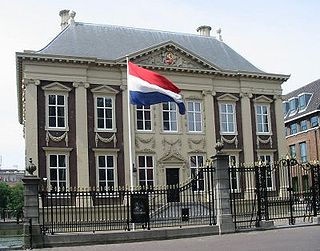
Jacob van Campen was a Dutch artist and architect of the Golden Age.
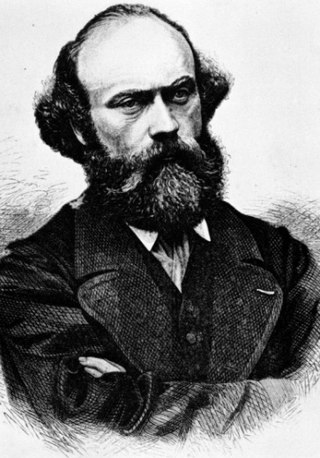
Petrus Josephus Hubertus "Pierre" Cuypers was a Dutch architect. His name is most frequently associated with the Amsterdam Central Station (1881–1889) and the Rijksmuseum (1876–1885), both in Amsterdam. More representative for his oeuvre, however, are numerous churches, of which he designed more than 100. Moreover, he restored many monuments.

Hendrick de Keyser was a Dutch sculptor, merchant in Belgium bluestone, and architect who was instrumental in establishing a late Renaissance form of Mannerism changing into Baroque. Most of his works appeared in Amsterdam, some elsewhere in the Dutch Republic. He was the father of Pieter and Thomas de Keyser and Willem, and the uncle of Huybert de Keyser, who became his apprentices and all involved in building, decoration and architecture.

The Canton Tower, formally Guangzhou TV Astronomical and Sightseeing Tower, is a 604-meter (1,982 ft)-tall multipurpose observation tower in the Haizhu District of Guangzhou. The tower was topped out in 2009 and it became operational on 29 September 2010 for the 2010 Asian Games. The tower briefly held the title of tallest tower in the world, replacing the CN Tower, before being surpassed by the Tokyo Skytree. It was the tallest structure in China prior to the topping out of the Shanghai Tower on 3 August 2013, and is now the second-tallest tower and the fifth-tallest freestanding structure in the world.
Information Based Architecture (IBA) is a partnership between architects Mark Hemel and Barbara Kuit, set up in London in 1998.
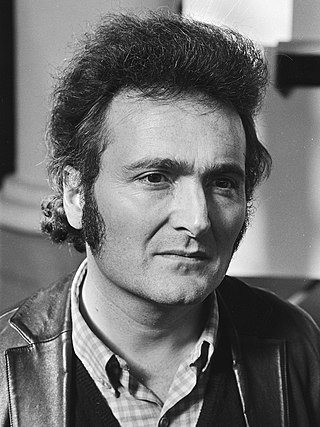
Herman Hertzberger is a Dutch architect, and a professor emeritus of the Delft University of Technology. In 2012 he received the Royal Gold Medal of the Royal Institute of British Architects.
Kas Oosterhuis (1951) is a Dutch architect, professor and co-founder of the innovation studio ONL together with visual artist Ilona Lénárd. He was a professor at Delft University of Technology from 2000 to 2016 and has been a professor at Qatar University since 2017. His office, ONL, has realized a number of innovative, contemporary architecture projects including the Salt Water Pavilion at Neeltje Jans, the Web of North Holland at the 2002 World Expo in Haarlemmermeer, the A2 Cockpit in the Sounder Barrier at Leidsche Rijn, Utrecht and the Liwa Tower in Abu Dhabi.

Erick van Egeraat is a Dutch architect and author. He heads the architectural practice based in Rotterdam with offices in Moscow, Budapest and Prague. He is best known for his projects of ING Group Headquarters in Budapest, Drents Museum in Assen, The Rock tower in Amsterdam, Incineration line in Roskilde, Main building and Auditorium in Leipzig University and the Corporate University of Sberbank in Moscow. He is the winner of RIBA Award 2007, Best Building Award 2011&2012 and European Property Award 2013.

3XN is a Danish architectural practice headquartered in Copenhagen and with offices in Stockholm, London, New York and Sydney.

Francine Marie Jeanne Houben is a Dutch architect. She graduated with cum laude honours from the Delft University of Technology. She is the founding partner and creative director of Mecanoo architecten, based in Delft, The Netherlands.

Claus en Kaan Architecten was a Dutch architecture firm founded in 1987 by Felix Claus and Kees Kaan, led together with partners Vincent Panhuysen and Dikkie Scipio.
Barbara Kuit is a Dutch architect. In 1998, together with her partner Mark Hemel, Kuit founded Information Based Architecture (IBA).
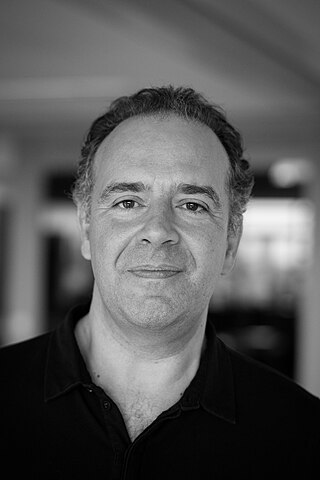
Michiel Riedijk is a Dutch architect and professor at the Technical University Delft. He is co-founder of the architecture office Neutelings Riedijk Architects in Rotterdam, Netherlands.

Jan Willem Eduard Buijs, sometimes written Jan Buys was a Dutch architect, best known for his De Volharding Building. His works include manufacturing, commercial, residential and municipal buildings. Stylistically, they usually combine New Objectivist and De Stijl features, and in his interiors, a Bauhaus approach.
Benthem Crouwel Architects is a Dutch architectural firm founded in 1979 by Jan Benthem and Mels Crouwel. Today, partners Pascal Cornips, Daniel Jongtien, Saartje van der Made and Joost Vos lead an international team of 60 professionals at the Amsterdam based Benthem Crouwel LAB. They work on projects from Amsterdam, Paris and California.

New Indies Style is a modern architectural style used in the Dutch East Indies between the late 19th century through pre-World War II 20th century. New Indies Style is basically early modern (western) architecture, which applies local architectural elements such as wide eaves or prominent roof as an attempt to conform with the tropical climate of Indonesia.
Ole Bouman is a Dutch German historian, writer, curator in urbanism design and architecture. Bouman is the founding director of Design Society, an initiative of China Merchants Group and the Victoria and Albert Museum in Shenzhen, which opened in December 2017.

The Berlagebrug is a bascule bridge over the river Amstel in Amsterdam, Netherlands. The bridge was commissioned by the Amsterdam municipality and designed by engineer Cornelis Biemond (1899-1980) and architect Hendrikus Petrus Berlage (1856–1934); it was named after the latter. It was constructed from 1926 to 1931 and officially opened on 28 May 1932. It has been designated as a Rijksmonument since 11 May 2008. The bridgekeeper's house carries the address Amsteldijk 134.
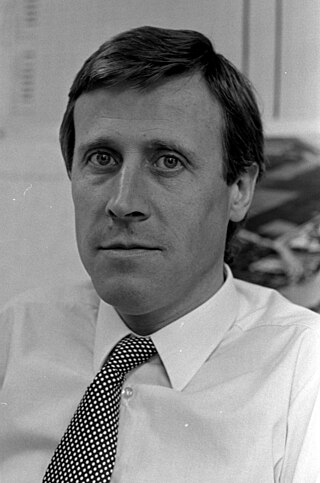
Wim Quist was a Dutch architect. Part of the modernist tradition of architecture, his style was dominated by rectangular, triangular and circular forms. His buildings focussed on the relationship between the building and its surroundings, with the function of the building itself being central. He rejected the use of unnecessary decoration. He continued designing buildings from 1960 until retiring in 2003 - his architectural legacy is now visible all over the Netherlands.















